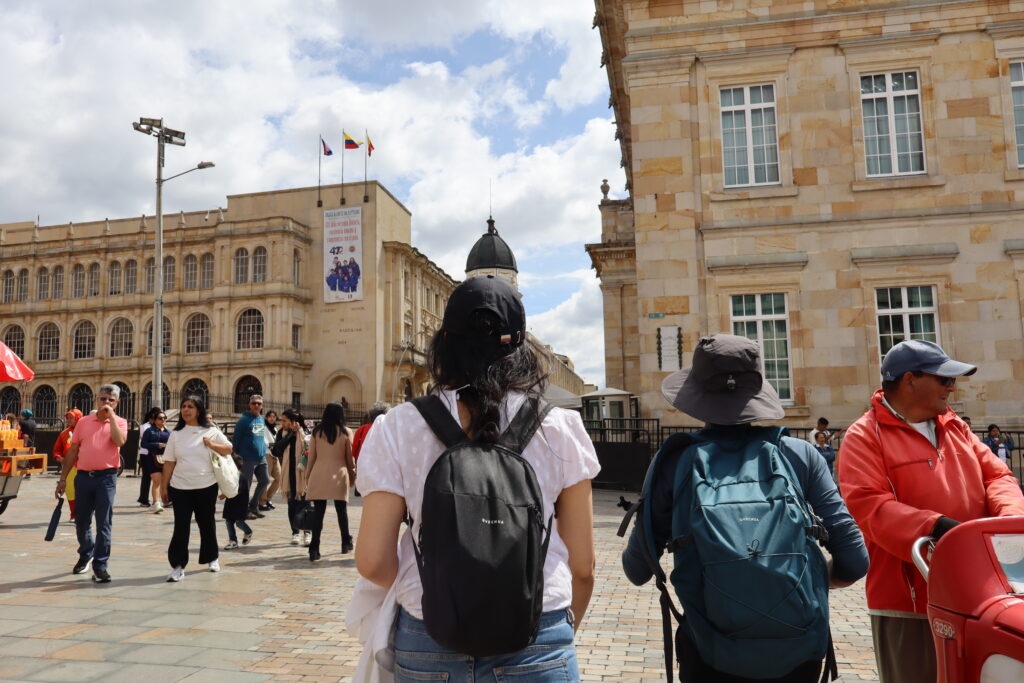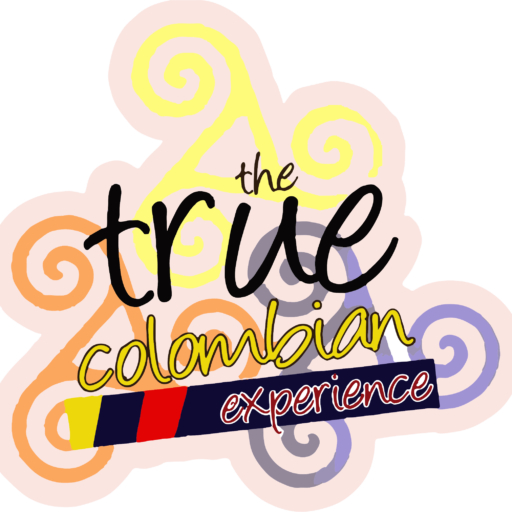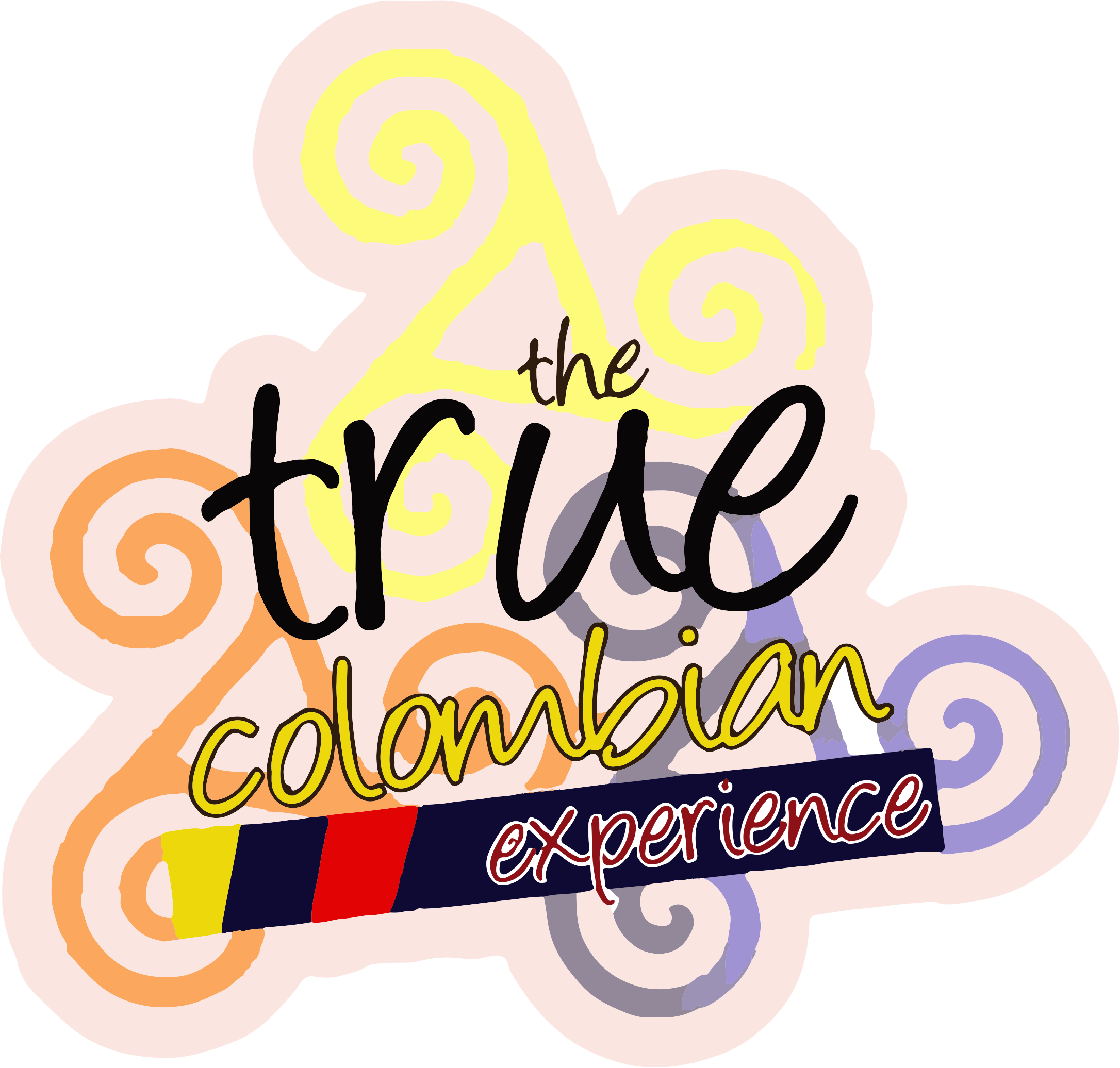We were passing through one of the most beautiful streets I had ever seen in a capital city, and believe me, I have visited several; among others, Buenos Aires and Santiago. But Bogotá Colombia was beginning to make me fall in love; the city had a well-kept Colonial neighborhood that gave life to the entire city; just as the heart pumps blood in the body, La Candelaria with its epicenter at the Chorro de Quevedo acts as the heart for the capital of Colombians; with its streets like the funnel alley that is the perfect vein through which all the vital energy is distributed to the rest of the city. Since I arrived I had not stopped admiring the picturesque streets that from the airport to the historic center were decorated with lots of graffiti or rather street art. Our guide Yuly had a lot of knowledge of Colombian art and culture in general; she enlightened us in every corner with some information that would have been impossible to find on the internet; each place was like a hole in the wall of her house that only she as a native knew; a country so full of emotions that would have been impossible to feel or find if we hadn’t had the idea of taking the best walking tour bogota. Yuly called us and said:
-guys, now we are going to see a gigantic change in the city.
In just 4 blocks we were on Carrera 7; the guide told us that it was one of the most emblematic streets in the city, that it would connect us with the political power of Colombia in the Plaza de Bolívar; Carrera 7 was crazy, because it was a pedestrian street it was full of street artists doing their performances; from the llanero musician to the salsa dancer from Cali who showed his steps to everyone who passed by; also the rock band or that poet from the capital mixed in with the crowd, who shared his printed stories with everyone who passed by that place in exchange for a few coins. The guide told us about the history of that street, took us to the times of Gaitán and the bogotazo; She told us about the architecture that was much more romantic republican at that time than what we could see now. Every time Yuly told us a story, for example this one about how the Seventh looked before 1948 or when the Muiscas lived in these lands before the arrival of the conquistadors, also when the Spanish built the first houses of what we now call the historic center; around 1400. We all seemed to see things from each era; it was difficult to perceive the difference between reality and imagination, I particularly could see the ladies of the early twentieth century with their large old-fashioned dresses dancing the pasillo la gata golosa in one of the city’s chicherías. At one point we could no longer see the guide; at that moment I felt that I was no longer on the Bogotá city tour, with some of the other tourists who were in my group we looked at each other, happy, because we had been trapped forever in Bogotá; we became Bogotanos without realizing it; Traveling from one era to another with no way out, captivated by the magic of the colonial years or the seventies and eighties of the reborn Bogotá; to finally be able to ignore the chaotic present, which was never my favorite.
By Fredy Calderon






